What Is Chatgpt? Everything You Need To Know
5 Mins Read
Published on: 27 April 2023
Last Updated on: 29 April 2023
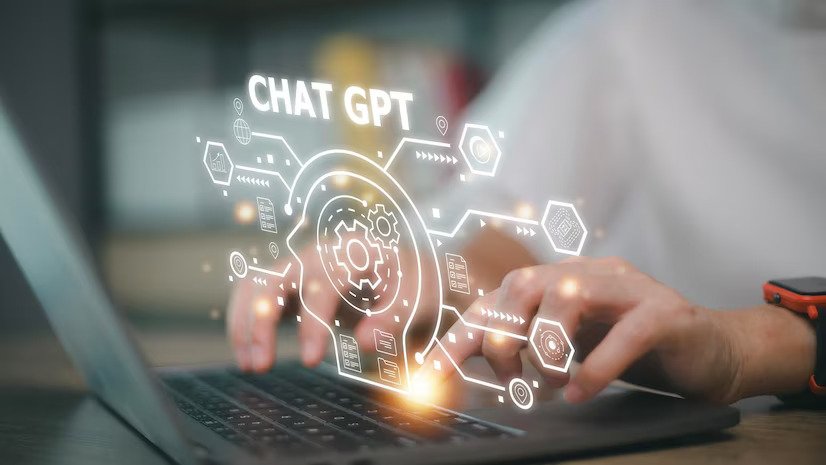
toc impalement
In contemporary times, there has been a surge in the use of conversational AI across various countries, with an increasing number of businesses and organizations employing it to enhance their customer service experience.
This shift in the industry can be attributed to the inadequacies of traditional chatbots, which were often programmed and unable to comprehend natural language, thereby resulting in unproductive and vexatious conversations with users.
At some point in the past, chatbots were considered the future of customer service. However, their limited capabilities made it challenging for them to meet the expectations of customers in several countries. This often led to dissatisfaction and a decrease in customer loyalty, as customers had to navigate through inflexible menus or contend with unhelpful responses that failed to provide answers to their inquiries.
The operations of ChatGPT, a conversational AI system, have completely transformed the way businesses engage with their customers. At the core of ChatGPT's functionality is the GPT-3 language model, which utilizes advanced learning techniques to produce natural language text. How has the advancement of ChatGPT translated to improved customer experiences? Let's examine this more closely.
Fine-Tuning the GPT-3 Model
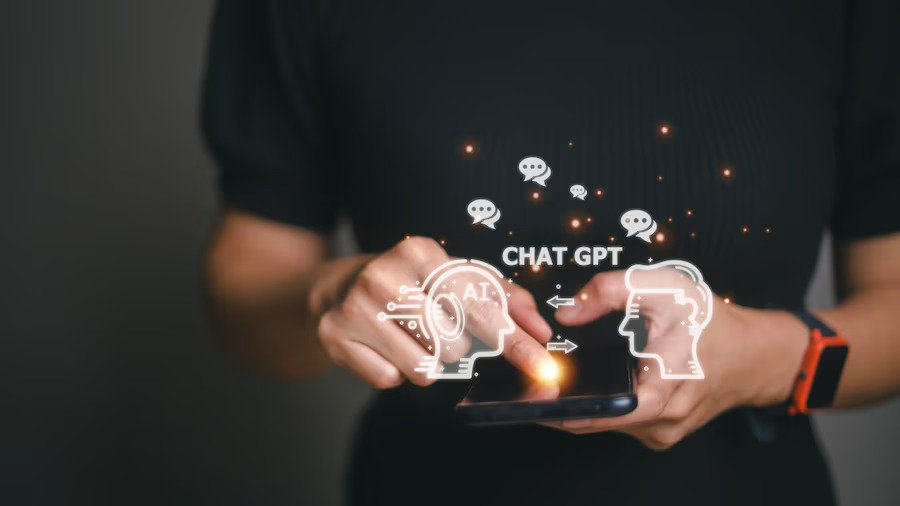
The first step in training ChatGPT is fine-tuning the pre-trained GPT-3 model. By feeding ChatGPT with data specific to the domain it will be used in, such as product information or customer service scripts, the model can provide more accurate and relevant responses to users.
This evolution of the GPT-3 model has enabled ChatGPT to handle a wider range of user queries, from simple questions to complex inquiries that require in-depth knowledge. You can create chat requests yourself or use ready-made ones created by other users https://promptsideas.com/market/type-chatgpt
Efficient Scaling of Customer Service
Another important evolution of ChatGPT is its ability to handle multiple conversations simultaneously. This means that businesses can efficiently scale their customer service operations, providing faster response times and a better customer experience overall.
Learning from Previous Conversations
Perhaps the most significant evolution of ChatGPT is its ability to learn from previous conversations. By continually optimizing the system, businesses can improve their ChatGPT to better serve their customers, leading to increased customer satisfaction and loyalty.
ChatGPT-powered chatbots have revolutionized the customer service industry by providing businesses with a powerful tool to improve customer experience. One of the most significant advantages of ChatGPT is its ability to reduce customer wait times. Chatbots powered by ChatGPT can handle multiple conversations simultaneously, which eliminates the need for customers to wait in long queues to get the help they need.
In addition to improving customer service operations, ChatGPT is being used for some non-standard applications that are proving to be highly effective. In this article, we will explore some of the non-standard examples of ChatGPT use.
Mastercard's Financial Query Chatbot
Mastercard recently introduced a chatbot that uses ChatGPT to help customers with their financial queries. The chatbot can answer questions about card benefits, account management, and fraud prevention, among other things.
By using ChatGPT to power its chatbot, Mastercard has been able to provide customers with a quick and accurate response to their financial queries. This has led to an improvement in customer satisfaction and has helped Mastercard to scale its customer service operations without adding additional staff.
Mental Health Chatbots
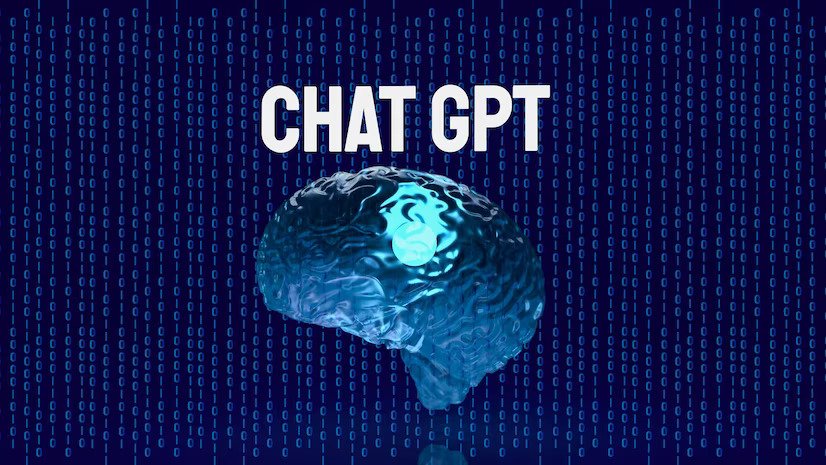
ChatGPT is also being used to improve mental health chatbots and provide more personalized support to individuals struggling with mental health issues. The technology enables chatbots to understand the nuances of human language and respond with empathy and sensitivity, making them a powerful tool for mental health support.
Woebot's Personalized Mental Health Support
Woebot is a mental health chatbot that uses ChatGPT to understand the language used by its users and respond in a way that is sensitive and compassionate. Woebot can help users identify negative thought patterns and provide evidence-based techniques to manage anxiety and depression. By using ChatGPT to personalize its responses, Woebot has been able to provide more effective mental health support to its users.
Wysa's Tailored Mental Health Advice
Wysa is another mental health chatbot that uses ChatGPT to provide personalized support to its users. Wysa uses a combination of cognitive-behavioral therapy (CBT) and ChatGPT to provide tailored advice and support to individuals struggling with a range of mental health issues, from anxiety to grief. By using ChatGPT to understand the unique needs and experiences of each user, Wysa has been able to provide more effective mental health support.
Limitations of ChatGPT
Recent years have seen significant advancements in conversational AI, with technologies such as ChatGPT playing a central role in the development of this field. As AI technology continues to evolve, we can expect ChatGPT to play an even greater role in the future of conversational AI.
ChatGPT has already demonstrated its potential in a wide range of applications, from customer service to mental health support. However, there are many more potential applications of this technology in the future. For example, ChatGPT could be used to power virtual assistants that are capable of handling complex tasks, such as scheduling meetings and organizing travel arrangements.
Another potential application of ChatGPT is in the field of education. Chatbots powered by ChatGPT could be used to provide personalized learning experiences to students, answering questions and providing feedback in real time. This could revolutionize the way we approach education, making it more accessible and personalized to each individual learner.
In the future, ChatGPT could also be used to power intelligent virtual agents that can understand human emotions and respond accordingly. This could have significant implications in healthcare, where virtual agents could be used to provide emotional support to patients and caregivers.
While ChatGPT has shown great promise in solving a wide range of problems, there are also non-standard ways of using this technology to tackle more complex challenges. One such approach involves combining ChatGPT with other AI technologies to create more sophisticated solutions.
However, there is also the potential for bias in ChatGPT. Like all AI systems, ChatGPT is only as unbiased as the data it is trained on. If the training data is biased, this can lead to biased responses and potentially harmful outcomes. To address this issue, researchers are working to develop more diverse and representative datasets to train ChatGPT and other AI systems.
Another limitation of pre-existing datasets is that they may not be sufficient to address new or emerging problems. As such, continued research and development are necessary to explore new applications of ChatGPT and develop new datasets to train this technology.
Overall, while ChatGPT shows great promise in solving a wide range of problems, it is important to be aware of the potential for bias and limitations of pre-
Another way ChatGPT is changing the game in conversational AI is by reducing the need for handcrafted rules and scripts. With ChatGPT, chatbots, and virtual assistants can learn from vast amounts of data and improve over time, making them more effective and efficient.
Looking to the future, ChatGPT is poised to have a significant impact on the development of AI as a whole. As this technology continues to evolve, we can expect to see it being used in a wide range of applications, from healthcare to education to entertainment.
Read Also:















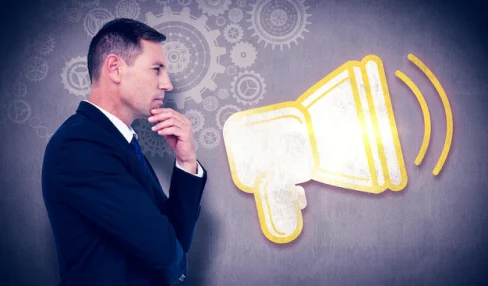
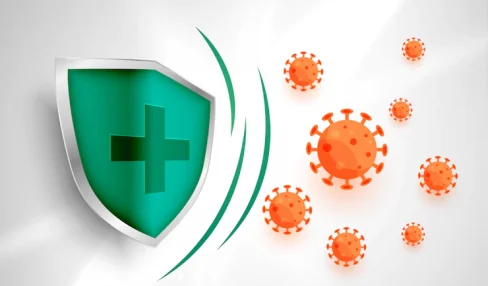

Comments Are Closed For This Article